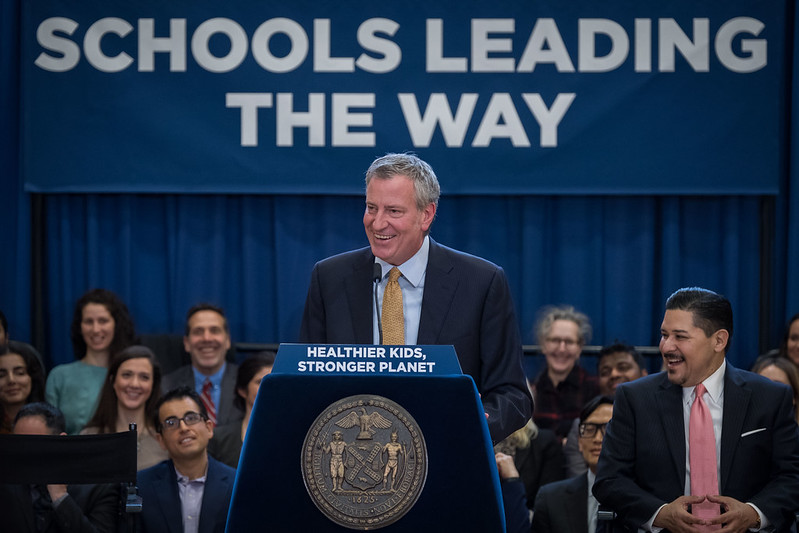K-12 Teachers Worried About COVID-19 on the Job
STORY HIGHLIGHTS
- 57% teachers, 21% other workers very concerned about COVID-19 exposure
- 64% teachers, 51% other workers say COVID-19 situation a lot worse
- Teachers have become as likely as other workers to prefer remote work
WASHINGTON, D.C. -- As school districts around the country begin to announce their plans for educating students this fall, a broad majority of U.S. schoolteachers say they are worried about being exposed to the coronavirus while working. Three-quarters of kindergarten through high school teachers say they are "very" (57%) or "moderately" (18%) concerned about COVID-19 exposure at their workplace. This compares with half of all other workers who are either very (21%) or moderately worried (29%).
These data are based on a subset of respondents from the ongoing probability-based online Gallup COVID-19 tracking survey who identified their occupation as a teacher of kindergarten through 12th-grade students. The June 29-July 19 polling included a sample of 495 teachers, while more than 650 teachers completed the survey in both May and June.
The latest data marks an uptick in teachers' levels of apprehension since May and June when fewer (though still majorities) were concerned.
Teachers are currently about three times as likely as other U.S. workers to say they are very concerned about workplace exposure to the virus. This divergence in the views of teachers and workers in all other industries has grown since May. While concern about workplace exposure has been fairly steady among workers who are not teachers, this unease has risen sharply among teachers. CONTINUE READING: K-12 Teachers Worried About COVID-19 on the Job

















